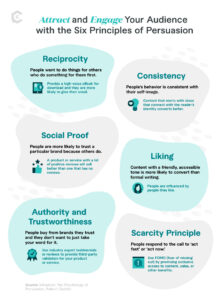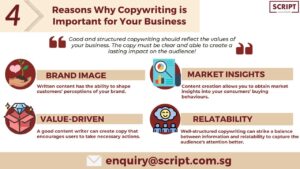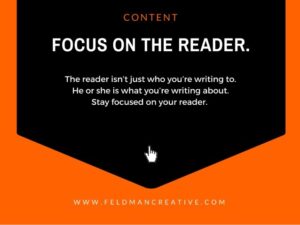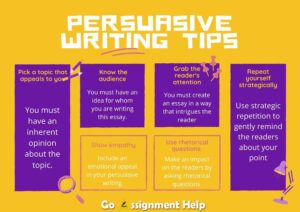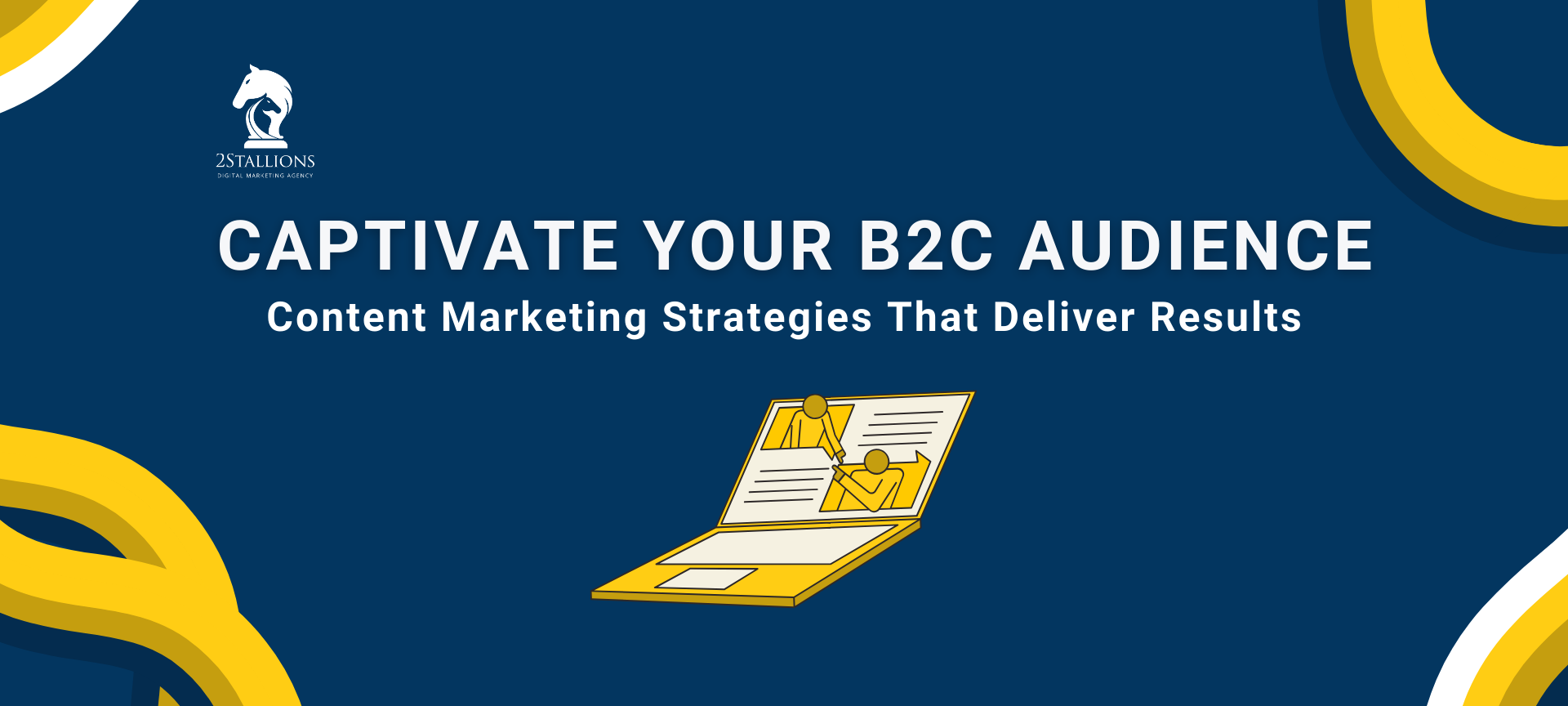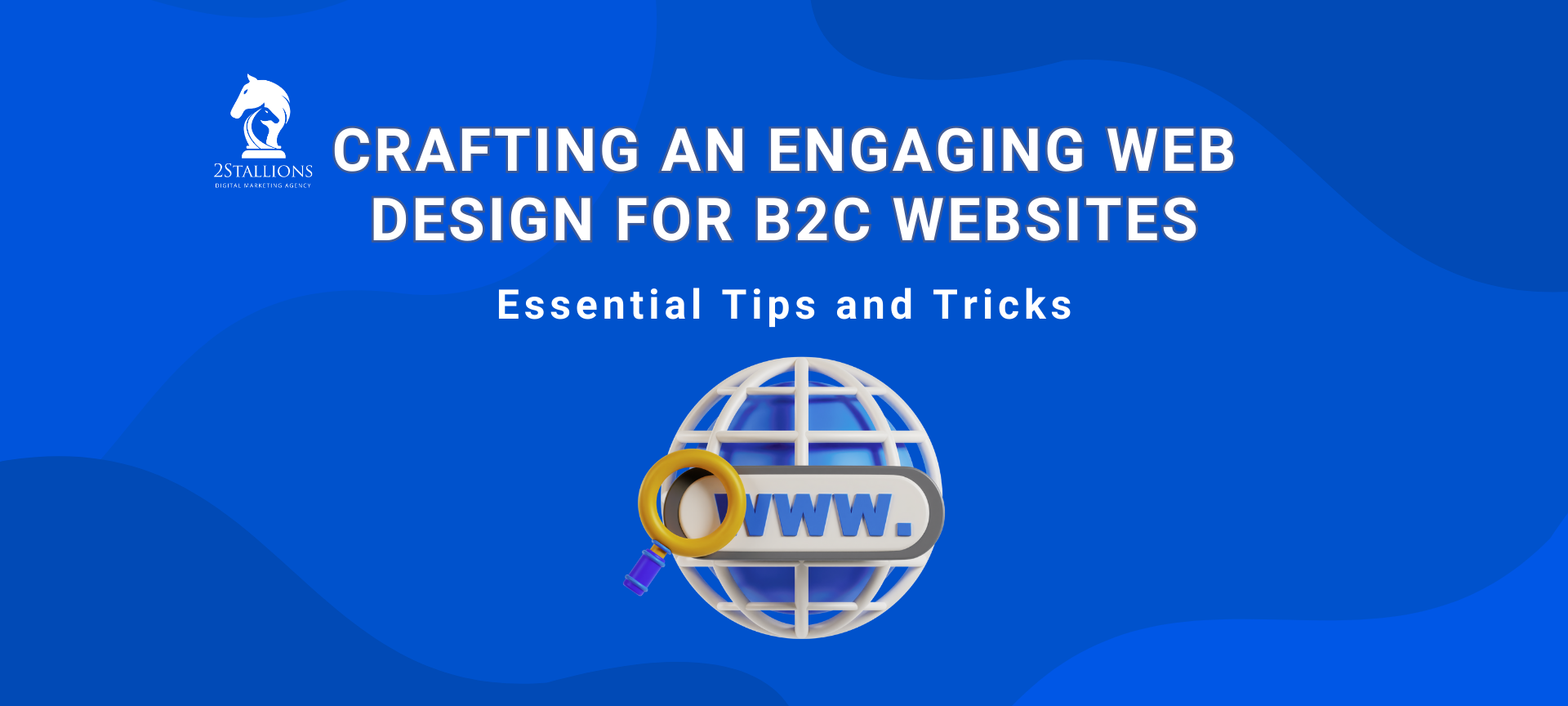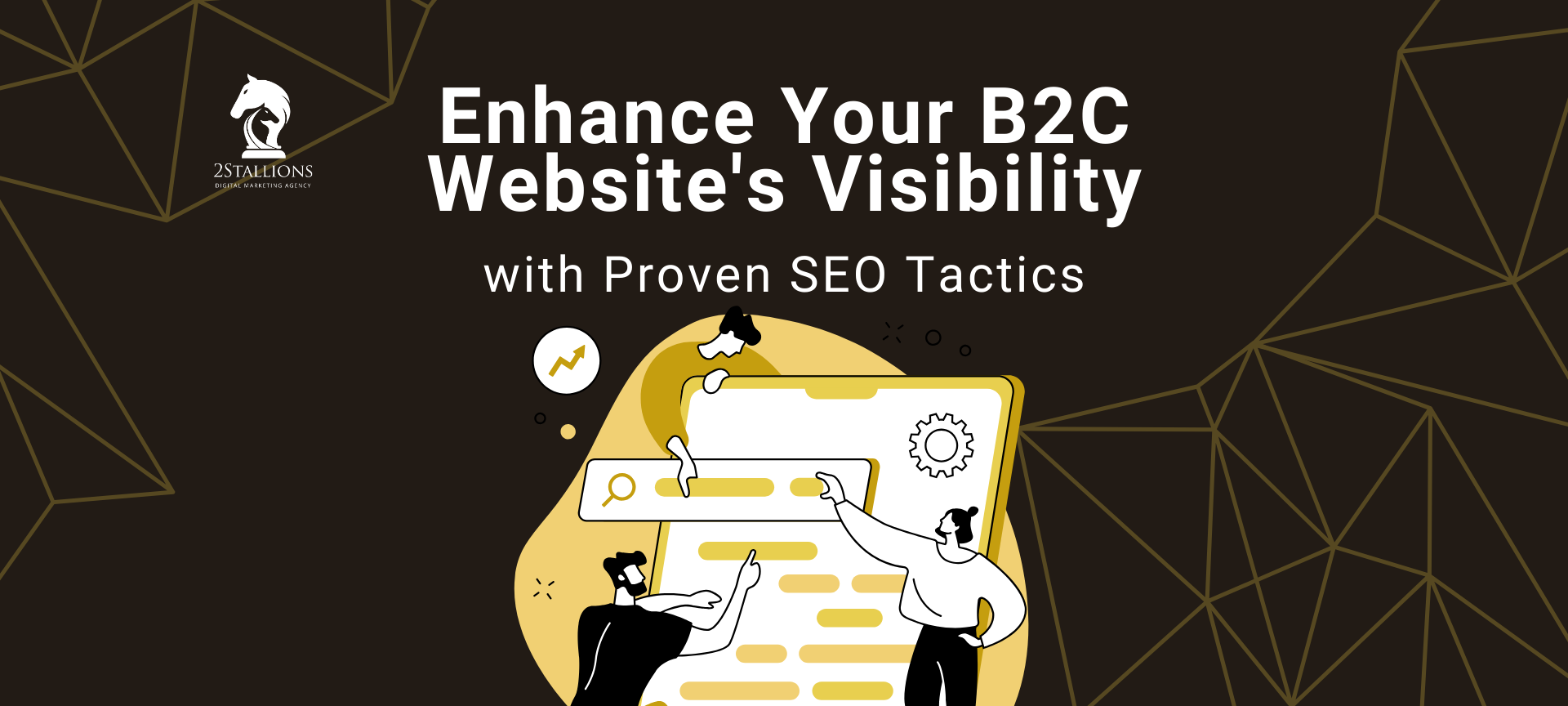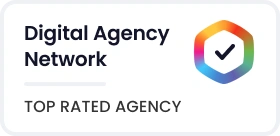Content
SHARE
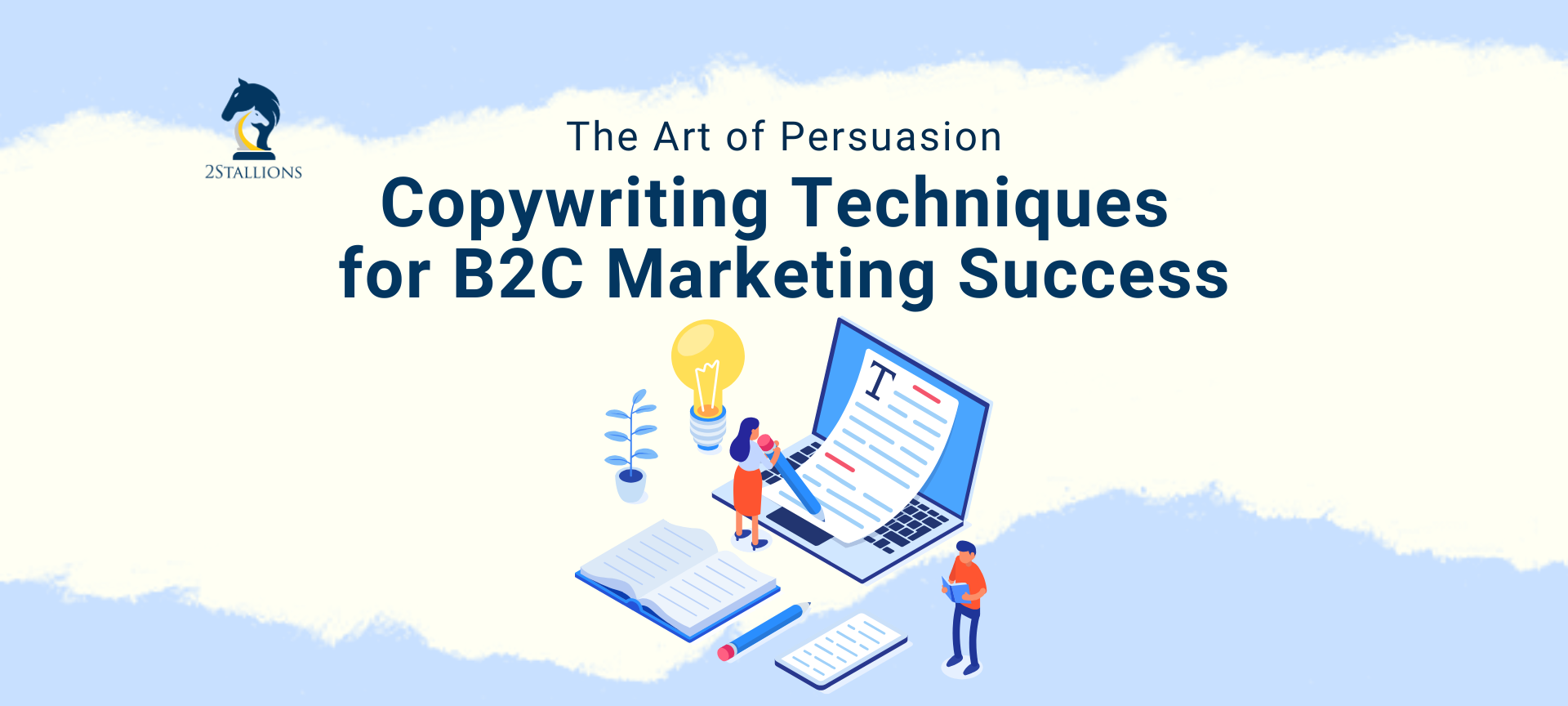
In B2C marketing, the ability to persuade consumers is a crucial skill. Effective copywriting can captivate audiences, drive sales, and ultimately lead to marketing success. To master this art, marketers must understand the principles of persuasive writing, create compelling headlines, utilise storytelling techniques, and tap into emotional appeal. Furthermore, you must write clear and concise copy that grabs attention and delivers the desired message.
(Source: Clear Voice )
Understanding the Power of Persuasive Copywriting
Persuasive copywriting goes beyond simply providing information; it aims to influence, persuade, and ultimately convince the audience to take action. In B2C marketing, persuasion is vital in capturing and retaining consumer attention, building trust, and driving conversions.
When delving into the world of persuasive copywriting, it is crucial to understand the psychology behind consumer decision-making. By tapping into consumers’ subconscious desires and motivations, marketers can create compelling narratives that resonate personally, leading to increased engagement and conversion rates.
The Role of Persuasion in B2C Marketing
In B2C marketing, persuasion is convincing consumers’ thoughts, emotions, and behaviours. Marketers can craft persuasive messages that resonate, engage, and drive action by understanding consumers’ needs, desires, and pain points.
Moreover, in today’s digital age, where consumers are bombarded with constant information and advertisements, mastering the art of persuasive copywriting is more important than ever. By cutting through the noise and delivering targeted convincing content, brands can stand out and make a lasting impact on their audience.
Key Principles of Persuasive Writing
There are several key principles to keep in mind when writing persuasively. First and foremost, it is essential to communicate the benefits of the product or service. Additionally, creating a sense of urgency, appealing to emotions, addressing objections, and utilising social proof can all enhance the persuasive power of your copy.
Furthermore, incorporating storytelling into your copy can be a powerful tool for persuasion. Weaving a narrative that resonates with your audience’s experiences and aspirations can create a connection beyond a simple transactional relationship. This emotional engagement can foster brand loyalty and long-term customer relationships, driving sustained success in the competitive B2C market.
( Source: Tina Chopra )
Crafting Compelling Headlines for B2C Marketing
A strong headline is a gateway to your marketing copy as the first impression that captures the reader’s attention and compels them to continue reading. Crafting compelling headlines requires creativity, clarity, and the ability to pique curiosity.
When delving into B2C marketing, it’s essential to understand the psychology behind what makes a headline truly compelling. A well-crafted headline grabs attention and sets the tone for the rest of the content, influencing whether a potential customer engages further.
The Importance of a Strong Headline
In today’s fast-paced digital world, attention spans are limited. A strong headline acts as a hook, enticing the reader to explore further. It should evoke emotion, create intrigue, and speak directly to the audience’s desires or pain points.
Moreover, a powerful headline can significantly impact your click-through and conversion rates. By investing time and effort into perfecting your headlines, you are laying a strong foundation for the success of your B2C marketing campaigns.
Techniques for Creating Engaging Headlines
There are various techniques you can employ to create engaging headlines. These include using numbers or statistics, posing questions, leveraging power words, and promising a solution to a problem. Experimenting with different approaches can help you find what resonates most with your target audience.
Furthermore, understanding the demographics and psychographics of your target market is crucial in tailoring headlines that resonate with their specific needs and preferences. By conducting thorough market research and A/B testing different headline variations, you can refine your approach and maximise the impact of your B2C marketing efforts.
( Source: Damian Moris )
Utilising Storytelling in Your Copy
Storytelling is a powerful tool that helps forge a connection between the brand and the consumer. By weaving a narrative into your copy, you can evoke emotions, create relatability, and make your message more memorable.
Storytelling is an age-old tradition used for centuries to communicate ideas, values, and emotions. From ancient myths and legends to modern-day advertising campaigns, stories can captivate and engage audiences in a way that facts and figures alone cannot. By incorporating storytelling into your marketing copy, you can create a lasting impression on your target audience and differentiate your brand from competitors.
The Impact of Storytelling on Consumer Behaviour
Storytelling has a profound impact on consumer behaviour. It allows consumers to see themselves in the story, fostering a sense of empathy and connection with the brand. By creating a compelling narrative, marketers can tap into consumers’ emotions, influencing their purchasing decisions.
When consumers engage with a brand story that resonates with them, they are inclined to develop a sense of loyalty and trust towards the brand. This emotional connection can increase brand awareness, customer retention, and ultimately, higher sales. By understanding the psychology behind storytelling and consumer behaviour, marketers can craft narratives that drive sales and build long-lasting relationships with their target audience.
How to Weave a Narrative into Your Marketing Copy
To incorporate storytelling into your marketing copy, identify the central message or theme you wish to convey. You must also develop relatable characters, establish a setting, and create a plot that unfolds throughout your copy. Use descriptive language, vivid imagery, and personal anecdotes to captivate your audience and make your brand story come alive.
Consider the emotions you want to evoke in your audience and tailor your story to resonate with their values and aspirations. Creating a narrative that speaks to the human experience and addresses universal themes such as love, loss, triumph, and perseverance can form a powerful connection with your audience beyond a simple transactional relationship.
( Source: Go Assignment )
Emotional Appeal in Persuasive Copywriting
The psychology behind emotions plays a significant role in persuasive copywriting. By understanding the emotional triggers that drive consumer decision-making, marketers can connect with their audience on a deeper level and inspire action.
Emotional appeal in persuasive copywriting is not merely about manipulating feelings but creating a genuine connection with the audience. It involves tapping into human emotions in a way that resonates with individuals, fostering trust and loyalty towards a brand or product.
The Psychology Behind Emotional Appeal
Emotions are powerful motivators. When tapping into the psychology behind emotional appeal, it is essential to understand that different emotions can elicit specific responses. For example, fear can drive urgency, while happiness can create positive associations with a brand.
Moreover, emotions can influence decision-making processes, often leading individuals to decide based on their feelings rather than logical reasoning. By recognising and harnessing the impact of emotions, copywriters can craft messages that capture attention and drive meaningful engagement.
Strategies for Incorporating Emotional Triggers
There are several strategies you can use to evoke emotions in your copy. These include using evocative language, telling personal stories, appealing to aspirations and desires, and highlighting the benefits that resonate emotionally with your target audience. By leveraging emotional triggers, you can create a lasting impact on consumers.
Furthermore, understanding the cultural nuances and societal context surrounding emotions is crucial in crafting persuasive copy. What may evoke a strong emotional response in one culture could be perceived differently in another. Therefore, tailoring emotional appeal to specific demographics and cultural backgrounds is key to effectively resonating with diverse audiences.
( Source: Word Stream )
Writing Clear and Concise Copy for B2C Marketing
Clarity and conciseness are crucial for effective copywriting in a world of information. Delivering your message clearly and concisely can ensure the audience understands your value proposition and remains engaged.
In B2C marketing, the competition for consumer attention is fierce. This is where clear and concise copywriting can truly make a difference. Not only does it help in catching the audience’s interest, but it also plays a significant role in converting that interest into action. Therefore, mastering crafting concise and compelling copy is valuable for any marketer.
The Value of Simplicity in Copywriting
Simplicity is key to effective copywriting. Simplify complex concepts, eliminate jargon, and use plain language that is easily understood by your target audience. By making your message accessible, you increase the chances of conveying your intended meaning.
In today’s fast-paced digital landscape, where attention spans are limited, simplicity in copywriting is more important than ever. Consumers are bombarded with information from all angles, making it essential for marketers to cut through the noise with clear and straightforward messaging. Embracing simplicity can make it easier for your audience to grasp your message and establish trust and credibility.
Tips for Keeping Your Copy Clear and Concise
To keep your copy clear and concise, use short sentences, break up paragraphs, and prioritise the most important information. Use bullet points or numbered lists to present information in a digestible format and make your key points stand out.
Additionally, incorporating visual elements such as images, infographics, or videos can further enhance the clarity of your message. Visuals not only help in breaking up text-heavy content but also have the power to convey information quickly and effectively. By striking the right balance between text and visuals, you can create a more engaging and memorable experience for your audience.
In conclusion, mastering the art of persuasive copywriting is essential for B2C marketing success. By understanding the power of persuasion, crafting compelling headlines, utilising storytelling techniques, incorporating emotional appeal, and writing clear and concise copy, marketers can connect with their audience on a deeper level and drive desired actions. Through the skilful use of persuasive copywriting techniques, marketers can captivate their audience and achieve their marketing goals.
Frequently Asked Questions About The Art of Persuasion: Copywriting Techniques for B2C Marketing Success
What are effective copywriting techniques for B2C marketing?
Effective techniques include using emotional appeals to connect with consumers, crafting compelling calls-to-action, highlighting benefits over features, and using clear, concise language that resonates with the target audience.
How can emotional appeals improve B2C copywriting?
Emotional appeals can significantly enhance B2C copywriting by tapping into the feelings and desires of the audience, making them more likely to relate to the message and take action, whether it’s making a purchase, signing up for a service, or engaging with a brand.
What role do calls-to-action play in copywriting?
Calls-to-action (CTAs) are crucial in guiding consumers towards the next step, whether it’s making a purchase, subscribing to a newsletter, or following a brand on social media. Effective CTAs are clear, urgent, and aligned with the audience’s interests.
How can copywriters ensure their content resonates with their target audience?
Copywriters can ensure their content resonates by understanding the audience’s needs, preferences, and pain points through market research, creating personas, and using language and examples that reflect audience experiences and aspirations.

